The Grand Design of New Era
Dolmabahçe Palace is not a collection of pavilions, but a singular, magnificent statement.
Conceived as a whole, its design masterfully blends European styles—Baroque, Rococo, and Neoclassical—with a distinctly Ottoman soul. Explore the vision of the Balyan architects and the three monumental sections that define this architectural masterpiece.
A Symphony in Four Movements

Elements of a Masterpiece: Stories in Stone & Crystal
Beyond the grand halls lies a world of exquisite detail. Discover the stories behind the masterful craftsmanship, from the Baccarat chandeliers that illuminate the ceilings to the intricate symbolism hidden within the parquet floors and ornate gates.

Sinan vs. The Balyans: Why Did Ortaköy Mosque Challenge Mosque Architecture?
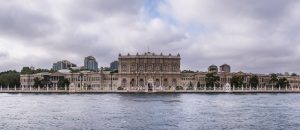
The Bosphorus Stage: How the Balyans Shaped Istanbul?
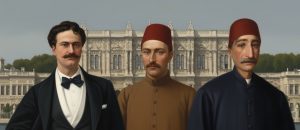
The Balyan Signature: How One Family Designed the New Face of an Empire
The Official Splendor
Key Highlights of the Selamlık
The heart of imperial administration and ceremony, designed to project Ottoman grandeur to the world.
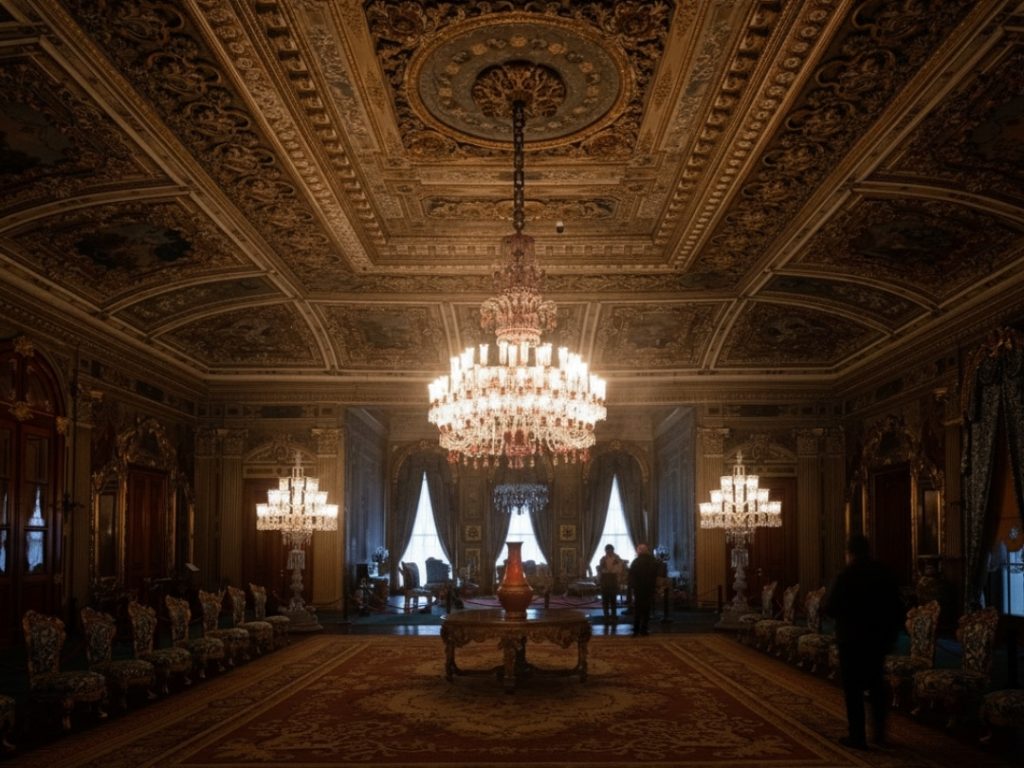
Where the Palace Meets the Palate
Lacivert: The Bosphorus, Reimagined for Your Palate
You’ve witnessed the imperial grandeur from within the palace walls.
Now, experience its reflection across the water. At Lacivert, the timeless silhouette of Istanbul meets the vibrant flavors of the Mediterranean, creating a memory worthy of the view.
The Dolmabahçe Clock Tower
Architectural Details
The iconic landmark that stands guard at the palace gates. A masterpiece of neo-baroque design, the Clock Tower is the first note in the architectural symphony of Dolmabahçe, welcoming visitors to an era of imperial elegance.
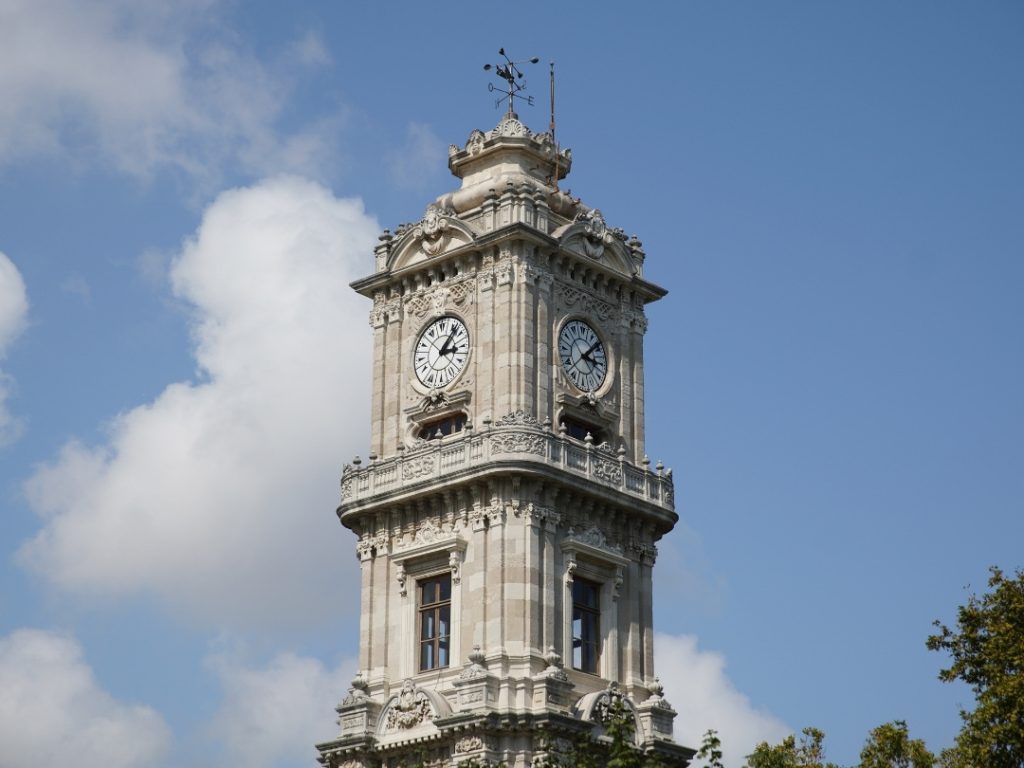

Gardens & Bosphorus Gates
Discover the Grounds
The lush gardens that embrace the palace, and the magnificent imperial gates that open directly onto the waters of the Bosphorus, connecting the empire to the world.
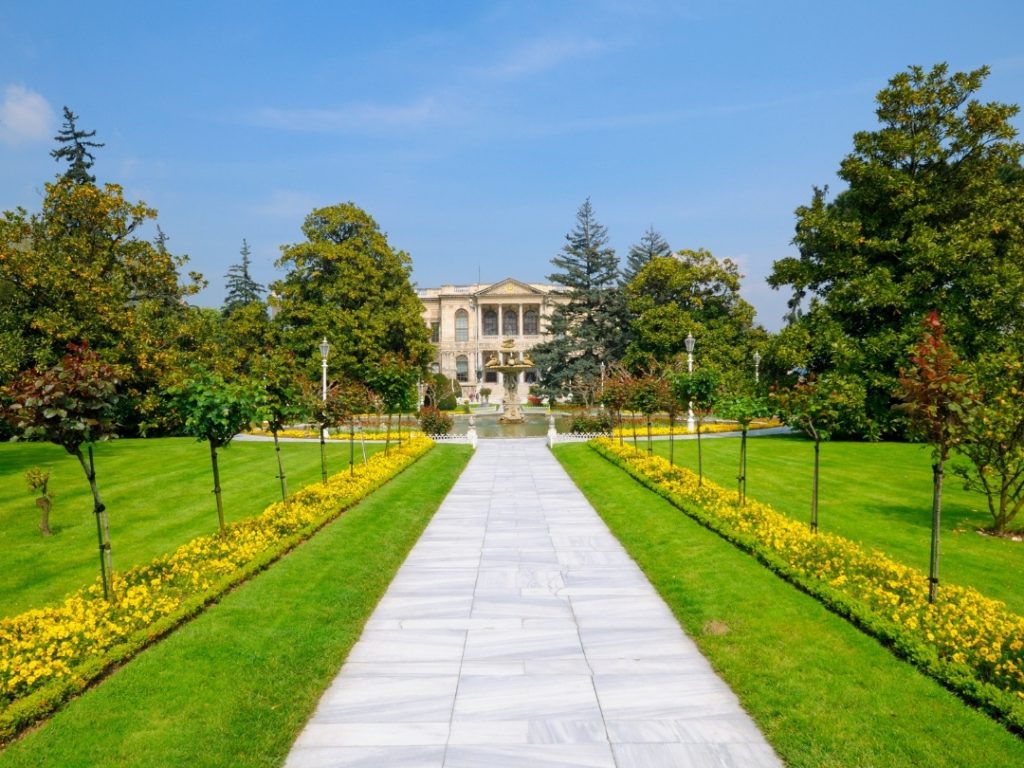
The Ceremonial Hall
Points of Awe
The breathtaking centerpiece of the palace, crowned by the world’s largest Bohemian crystal chandelier.
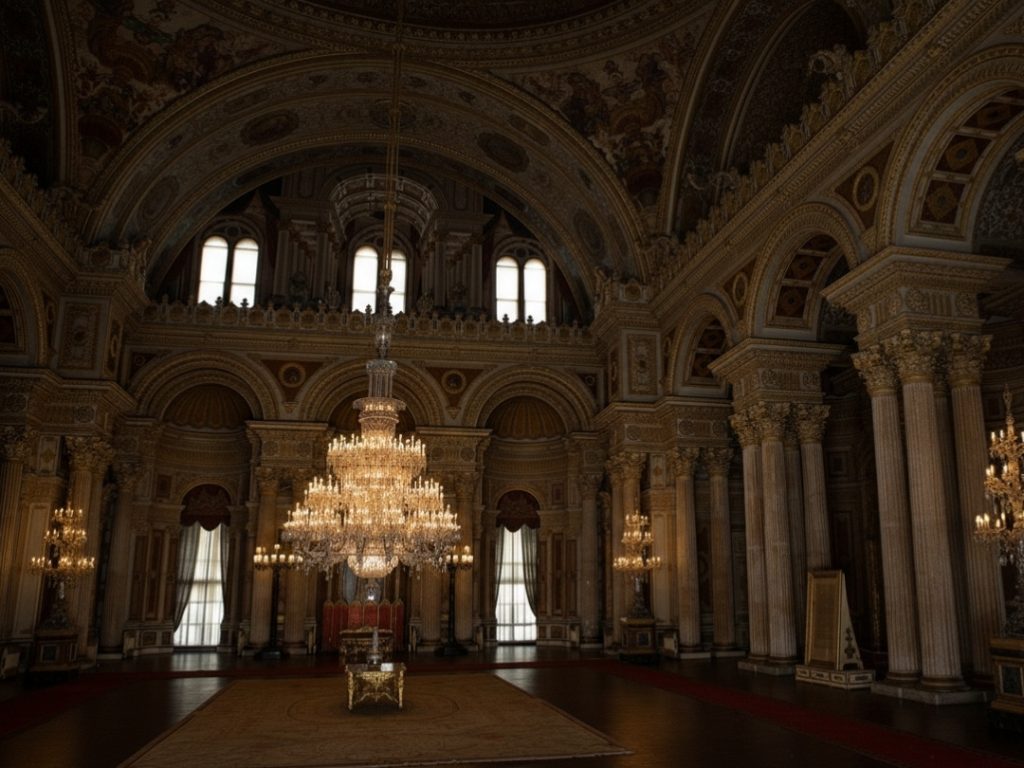
Enrich Your Exploration

Medicana: A Legacy of Health

Avis: The Keys to the City
Elements of a Masterpiece: Stories in Stone & Crystal
Beyond the grand halls lies a world of exquisite detail. Discover the stories behind the masterful craftsmanship, from the Baccarat chandeliers that illuminate the ceilings to the intricate symbolism hidden within the parquet floors and ornate gates.
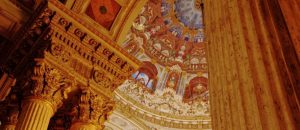
Ceilings and Columns: Dolmabahçe Interior Architecture is a Display of Power
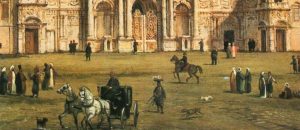
The Two-Faced Palace: The Political Story of Dolmabahçe’s Facades
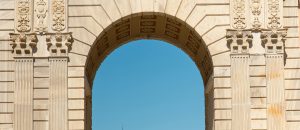
Entering the Empire: The Language of Power in Dolmabahçe’s Gates
Frequently Asked Questionsabout Dolmabahçe Palace Architecture
What are the main architectural styles of Dolmabahçe Palace?
The palace is a magnificent synthesis of European architectural styles, primarily featuring elements of Baroque, Rococo, and Neoclassical design, all masterfully blended with traditional Ottoman architectural concepts to create a unique and harmonious whole.
Who were the architects of Dolmabahçe Palace?
The palace was designed by members of the Balyan family, a dynasty of prominent Ottoman Armenian architects. The primary architects responsible for the grand design were Garabet Amira Balyan and his son, Nigoğayos Balyan.
Why is the palace divided into three main sections?
This division reflects a blend of modern functionality and Ottoman tradition. The Selamlık was the official, public section for state affairs; the Ceremonial Hall (Muayede) was for major state ceremonies; and the Harem was the private, secluded quarters for the Sultan and the imperial family.
What is the significance of the Crystal Staircase?
The Crystal Staircase is the palace’s most famous feature. Its balusters are crafted from Baccarat crystal, and its design was intended as a breathtaking statement of Ottoman wealth and modernity, showcasing the empire’s ability to command the finest craftsmanship in Europe.
Is it true that real gold was used in the decorations?
Yes. An immense amount of gold leaf was used to decorate the ceilings and interiors of the palace. It is estimated that around 14 tons of gold were used to gild the ceilings, a testament to the unparalleled opulence of the era.
What makes the Ceremonial Hall (Muayede Salonu) so unique?
Its sheer scale is breathtaking, boasting one of the largest unsupported domes of its time. It is also home to the world’s largest Bohemian crystal chandelier, a gift from Queen Victoria, which weighs 4.5 tons and solidifies the hall’s status as a masterpiece of 19th-century engineering and diplomatic grandeur.
How does Dolmabahçe's design differ from Topkapı Palace?
The difference is fundamental. Topkapı is an organic, walled complex of separate pavilions and courtyards built over centuries. Dolmabahçe, by contrast, is a single, monumental, symmetrical building conceived as a whole, reflecting a centralized, European-style monarchical power structure.
Are the Bosphorus gates purely decorative?
While stunningly ornate, the gates had a crucial function. The Imperial Gate (Saltanat Kapısı) was used by the Sultan and high dignitaries for ceremonial arrivals and departures by sea, physically connecting the palace’s authority to the vital Bosphorus waterway.
What is the story behind the Dolmabahçe Clock Tower?
The Clock Tower was a later addition to the complex, completed in 1895 under Sultan Abdülhamid II. It was a symbol of modernity and punctuality, reflecting the empire’s efforts to align itself with Western concepts of time and state organization.
Were any materials imported from outside the empire for the construction?
Yes, extensively. While the structure is Ottoman, the palace was a showcase of global luxury. Baccarat crystal from France, alabaster from Egypt, porphyry marble from Pergamon, and lavish silks and fabrics from Hereke and Lyon were all used to create its magnificent interiors.







